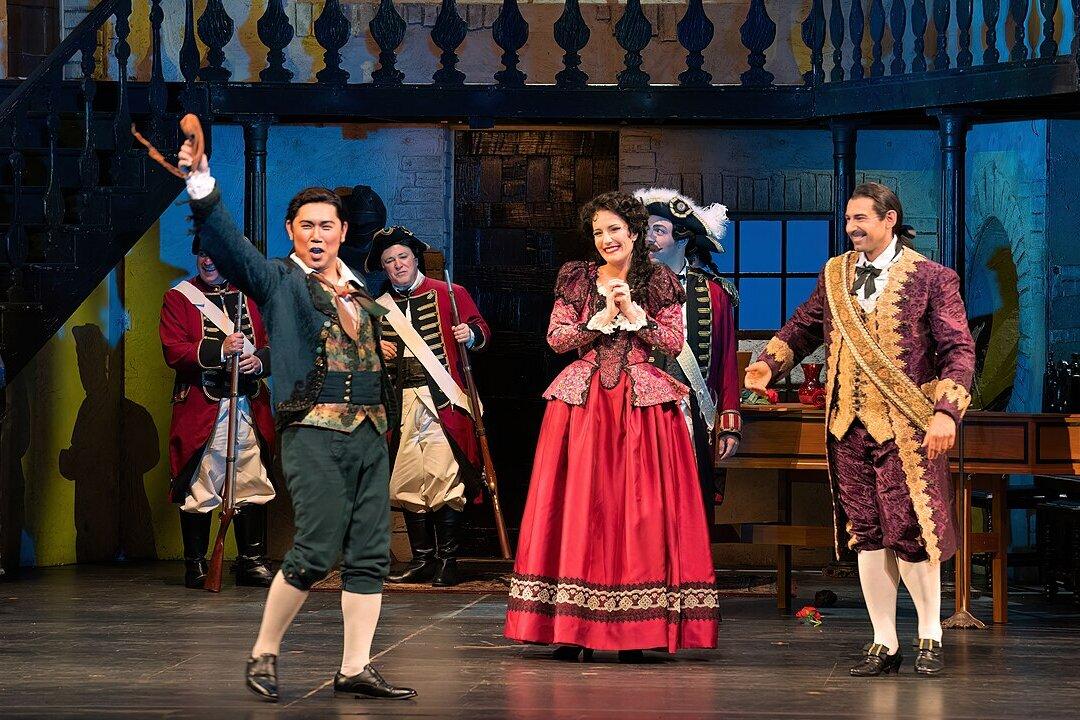Opera has a unique place in American culture. The average person can probably name only a handful of opera titles, but anyone with access to films, television, radio, or the internet can’t help but have heard some famous passages of opera music. People may not know the titles of great operatic music, but the strains of Mozart’s amazingly high “Queen of the Night” aria and Bizet’s bold “Toreador Song” are undeniably recognizable.
Another is the beloved baritone aria “Largo al factotum” from “The Barber of Seville” (“Il Barbiere di Siviglia”), composed by Gioachino Rossini in 1816. Figaro, the titular barber, describes how everyone calls on him, with challengingly quick-paced repetitions of “Figaro, Figaro, Figaro.” Affectionately dubbed “Barber,” the opera is one of the most frequently performed.






